The following Q&A session between Wells Fargo Prime Services Business Consulting and EWM Global’s Chief Marketing Officer, Thomas B. Pittman, was originally published in Wells Fargo Prime Services’ February 2018 newsletter.
As highlighted in our July 2017 Quarterly Report, managers are more frequently coming to market with hybrid fund structures that generally contain longer lock-ups and private equity / hedge fund characteristics, including multiyear performance allocations. While the hybrid fund model allows a few choices for hedge fund-like liquidity management, they can have private equity-like distribution challenges where the incentive fee can take the form of profit splits that are not realized until investment liquidation (aka, the “waterfall”).
In this article the Business Consulting group speaks with Tom Pittman, Managing Director and Chief Marketing Officer, EWM Global, who highlights some important considerations around compensation design and management.
Hybrid hedge funds, which take a longer term investment focus, have the additional compensation component of a returns distribution waterfall. What is the distribution waterfall and what is the typical profit split in this type of investment period?
The typical split is 80/20 where the LP gets 80% of profits on an investment exit and the GP keeps the other 20% – aka “carried interest”. Carry is the percentage of a fund’s profits that a fund manager gets to keep on top of their management fee. Carry is split between investment professionals based on percentages or “carry points” which are used to determine their payout at realization of the fund or investment.
What are some of the characteristics of these carry points and how are they tracked?
Percentages of carry, or carry points, are allocated by the GP to its investment professionals and partners, and in some cases, general staff at various levels of seniority. The GP generally negotiates the terms on who receives points and the amounts allocated. Typically the senior investment professionals on a fund team will receive the majority of point allocations, while junior members may receive nominal amounts. The carry structure could be based on a fund level, vintage year, or even a deal-by-deal level. In other words, you could have a set of 100 points (100%) for the entire fund, for each vintage year of investment, or every investment in the portfolio. In each case, the calculation of carry would be subject to each of those categories – fund, vintage, investment – and participants would receive payments based on their percentage of the carry paid to the GP. Firms must track the allocation of points, vesting of points, plus any movement due to leavers or joiners during the lifecycle of the fund. Then at the realization of carry, payments must be made directly to participants based on his or her percentage of the total.
Why would there be a concept of vesting of points and what are typical structures of vesting schedules?
Just as carried interest is the means of interest alignment between the interests of GPs and LPs, vesting of carried interest is the means of aligning the interests of individual investment professionals and the GP, ensuring that they have an incentive to remain active throughout the life of a fund. The vesting period and the pace of vesting vary widely among fund managers. In the majority of cases, vesting is tied loosely to the investment period of the fund from which the carried interest is derived. Generally, vesting is time based and follows a 3 – 4 year period from the date of hire of the individual. However, in some cases, firms make participants wait until there is a realization of carry before anyone is fully vested. This means if someone leaves the firm before a realization, they would not be fully vested in future payments. The typical holdback is 20 – 30% so in those situations the max one could be vested before realization is 70 – 80%.
When would a vesting schedule need to be adjusted?
Most firms have specific forfeiture provisions for certain instances where even vested points may be forfeited. For example, to leave the firm for a competitor or termination for cause could be grounds for forfeiture of vested and unvested amounts. That said, most firms allow for vesting to be accelerated in the case of a realization of carry. Therefore, even if a participant is 50% vested, but there is a realization of carry, that participant, as well as all other participants, will receive 100% of the distribution of carry. The leaver situation can be taxing on a fund manager for various reasons. First the forfeiture rules mentioned above, but second the treatment of forfeited points that are then reallocated to other participants. If there is unrealized carry in the forfeited points the firm must determine the value of points and if the unrealized carry is kept at the GP level. Typically the built-in gain is kept at the firm level rather than being given to late joiners at the fund because those participants were not employed when the value was created.
How important is program communication?
A key to a successful carry program is transparency to participants. Many firms will have elaborate carry schemes, but fall short on communication. In these instances participants are rarely updated on where they stand during the lifecycle of the fund. To create greater awareness and appreciation of these plans, firms should create reporting structures to show participants not only the carry points they were allocated, but also the increasing value of those points as unrealized carry values are reported.
Do you typically see hybrid funds have carry points in the fund or on a deal-by-deal basis?
This varies on a firm-by-firm basis but is often dependent on the type of fund. There is no science that says direct buyout funds are deal-by-deal or that real estate investments are fund level. However, we often see real estate and credit funds that are deal-by-deal, and buyout and infrastructure funds that are fund level.
What happens to the point allocation when a new member of the investment team is added mid-investment and how are these changes tracked?
A new member to the investment team is typically allocated points from a reserve account that was held back at the GP level. Firms typically do not allocate 100% of the carry points and will have a holdback account reserved for late joiners. Alternatively, if the GP doesn’t have a holdback account, firms can dilute the existing participants by increasing the total number of outstanding points in order to award new members. This, however, negatively affects the more tenured members so is not as common.
How have you seen hybrid hedge funds manage the liquid and illiquid investment professional payment?
The illiquid portion could be allocated as carry points and treated in the manner already discussed, while the payment for the liquid fund is could be a deferral of compensation tied to the value of the fund. As that value increases over time, so does the bonus deferral. Therefore it is effectively a long-term incentive tied to the performance of the liquid fund. It can vest similarly to the carry vesting schedule or could be tied to whatever parameters the fund manager desires.
How are funds allocating carry to junior talent?
Phantom Carry is a common way to create a bonus pool for junior talent. This is funded from carried interest dollars based on fund performance and used to give junior team members an opportunity to share in the firm’s upside.
At what level do you typically see employees start receiving carried distribution plans?
Depending on the size of the firm, this could go as deep as analyst or associate, but carry is usually reserved for much more senior team members typically not below the VP level. In some firms, it is reserved solely for senior management and the deal team of the fund.
EWM Global provides administrative services for executive compensation plans and helps firms design deferred cash, equity, co-investment, and carried interest plans.






